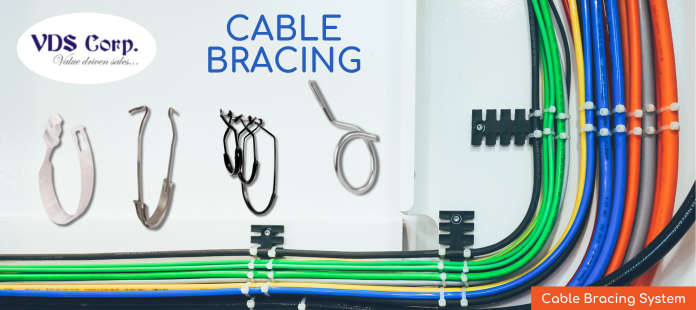Introduction:
Bracing systems play a crucial role in stabilizing structures, whether it's a skyscraper reaching for the sky or a simple suspension bridge spanning across a river. At the heart of these systems are cables, the lifelines that provide strength and support. But have you ever wondered what materials are commonly used for these cables and why? In this comprehensive guide, we'll delve into the world of cable materials in bracing systems, exploring their properties, advantages, and applications.
Understanding Cable Materials: Cables used in bracing systems come in a variety of materials, each with its own unique characteristics suited to different applications. The choice of material depends on factors such as the structural requirements, environmental conditions, and budget constraints.
-
Steel: Steel is perhaps the most common material used for cables in bracing systems. Its exceptional strength-to-weight ratio and durability make it an ideal choice for supporting heavy loads over long distances. Additionally, steel cables are highly resistant to corrosion, making them suitable for outdoor applications where exposure to moisture and harsh weather conditions is inevitable.
-
Stainless Steel: Stainless steel offers all the benefits of traditional steel cables with the added advantage of enhanced corrosion resistance. This makes it particularly well-suited for bracing systems in coastal areas or environments with high levels of humidity. Stainless steel cables are also aesthetically pleasing, making them a popular choice for architectural applications where visual appeal is important.
-
Carbon Fiber: Carbon fiber is a lightweight and high-strength material that has gained popularity in recent years for use in bracing systems. Although more expensive than steel, carbon fiber offers significant weight savings, making it ideal for applications where minimizing dead load is critical. Additionally, carbon fiber cables exhibit excellent fatigue resistance and are non-corrosive, making them suitable for long-term use in challenging environments.
-
Aramid Fiber (e.g., Kevlar): Aramid fibers, such as Kevlar, are renowned for their exceptional strength and resistance to abrasion. While not as common as steel or carbon fiber, aramid fiber cables find applications in specialized bracing systems where high tensile strength and durability are paramount. They are often used in conjunction with other materials or as reinforcements in specific structural elements.
Benefits of Each Material: Each cable material offers its own set of advantages, allowing engineers to tailor bracing systems to meet the unique requirements of each project:
- Steel: Exceptional strength, durability, and corrosion resistance.
- Stainless Steel: Enhanced corrosion resistance and aesthetic appeal.
- Carbon Fiber: Lightweight, high strength, and excellent fatigue resistance.
- Aramid Fiber: Exceptional strength, abrasion resistance, and durability.
Conclusion: The choice of cable material plays a crucial role in the performance and longevity of bracing systems. By understanding the properties and advantages of different materials, engineers can design robust and reliable structures capable of withstanding the forces of nature. Whether it's steel for its strength, stainless steel for its corrosion resistance, carbon fiber for its lightweight properties, or aramid fiber for its exceptional strength-to-weight ratio, each material offers unique benefits that contribute to the success of bracing systems in various applications.
By incorporating the right cable material into their designs, engineers can ensure the safety, stability, and longevity of structures, ultimately shaping the skyline of our cities and the infrastructure that connects us all.

